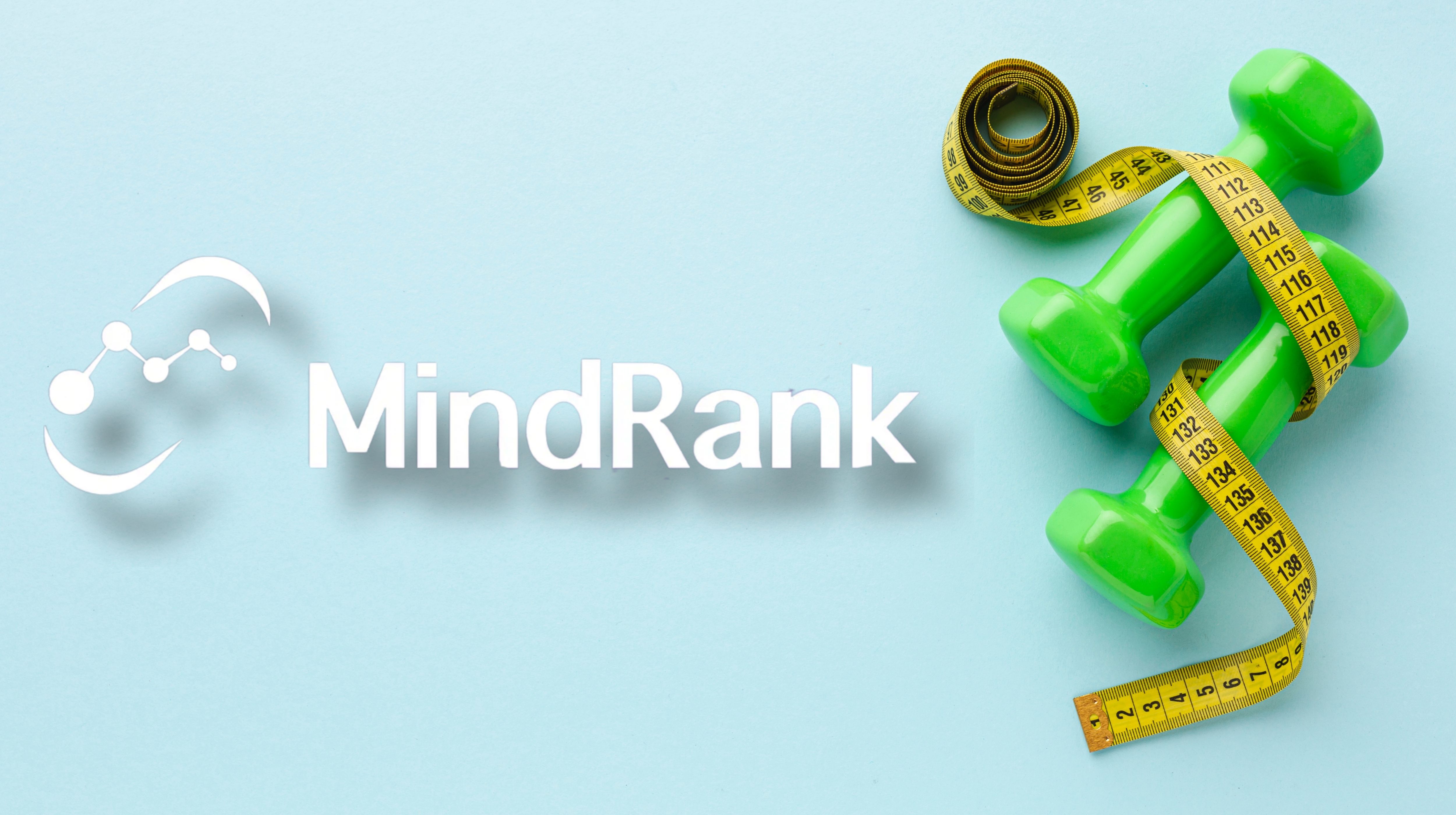AMD used CES 2026 to position AI as a default feature of personal and commercial computing. The company said AI is no longer limited to premium systems. Instead, it is being built directly into processors for consumer PCs, business laptops, compact desktops, and embedded platforms.
Executives described the shift as a new phase in AI adoption. CEO Lisa Su said usage has grown from early experimentation to more than one billion active users worldwide. Senior vice president Jack Huynh added that AI is redefining the PC by embedding intelligence, performance, and efficiency across devices.
The strategy centres on the Ryzen AI 400 Series and Ryzen AI PRO 400 Series processors. These chips integrate neural processing units delivering up to 60 TOPS of local AI compute. Built on Zen 5 architecture and XDNA 2 NPUs, they target Copilot+ PCs and enterprise deployments.
AMD also expanded its Ryzen AI Max+ portfolio for ultra-thin laptops, mini-PCs, and small workstations. The processors combine CPU, GPU, and NPU resources in a unified memory design. Desktop users saw the launch of the Ryzen 7 9850X3D, while developers were offered the Ryzen AI Halo platform.
Beyond PCs, AMD introduced a new Ryzen AI Embedded processor lineup for edge deployments. The chips are aimed at vehicles, factories, and autonomous systems. AMD said single-chip designs will support real-time AI workloads in robotics, digital twins, smart cameras, and industrial automation.
Would you like to learn more about AI, tech, and digital diplomacy? If so, ask our Diplo chatbot!










